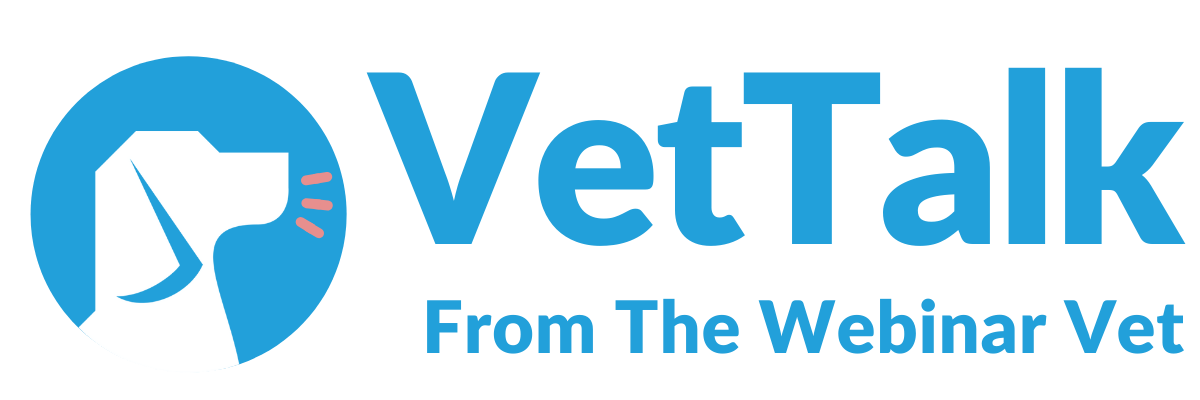
Vet Nurse Webinar of the Month: Nutrition for the Diabetic Pet – A Review
Managing diabetes in pets is no easy feat, but as veterinary nurses, we play a vital role in supporting both the animal and their owner throughout treatment. This month’s Vet Nurse Webinar of the Month, "Nutrition for the Diabetic Pet", delivered by expert speaker Nicola Lakeman, offered a practical, evidence-based deep dive into this topic — and it's now available to watch on demand.
With a focus on both cats and dogs, Nicola explored the unique nutritional challenges of diabetic patients, offering tips, insight, and clinical knowledge that every vet nurse can use in daily practice.
 Every Diabetic Patient is Different
Every Diabetic Patient is Different
Nicola began by reminding us that there is no one-size-fits-all approach when it comes to feeding diabetic pets. Factors such as the animal’s body condition, treatment regime, stress levels, concurrent diseases, and even the owner's capabilities can all influence the feeding plan. She highlighted the importance of individualising nutrition plans, taking a holistic approach to each case.
Feline Diabetes: Energy Sources and Ketone Monitoring
For cats, the discussion turned to macronutrient utilisation, particularly how the body turns to proteins and fats when glucose is unavailable as an energy source. Nicola explained how fats, while energy-rich, can produce ketone bodies, which are crucial for brain and heart cells — but can lead to complications if levels become excessive.
Nicola also emphasised the need for ketone monitoring, especially in cats, to avoid dangerous conditions like diabetic ketoacidosis. She walked us through the importance of insulin in processing ketones and noted that reference ranges for ketones can vary, depending on the lab and the animal's diet.
Nutritional Differences: Dogs vs Cats
Managing diabetes in dogs is different to managing it in cats. Nicola stressed that for cats, a low-carbohydrate wet food diet can increase the chances of remission. For dogs, however, the emphasis should be on low simple sugars and moderate carbohydrate intake.
She also explored the importance of using fixed formula diets, ensuring consistency in ingredients and formulation — an essential factor in controlling blood glucose levels.
Treats, Labelling, and Feeding Challenges
Another key topic was treat options. Nicola reminded us that helping owners choose appropriate treats is not just about glucose control — it’s about maintaining the emotional bond between pet and owner. She encouraged the use of commercially formulated diabetic diets and warned against semi-moist foods, which often contain hidden sugars.
For diabetic cats, free-choice feeding using high-protein, low-carb foods was presented as a beneficial option. Nicola even discussed the idea of "no bowl feeding", allowing cats to graze in a more natural pattern, though she noted more research is needed.
Obesity and Safe Weight Loss
Nicola highlighted the strong link between obesity and diabetes, especially in cats. She provided a clear and practical formula for calculating minimum food quantities, and recommended aiming for 1–2% weight loss per week, with all food weighed accurately.
 Practical Guidance and Owner Support
Practical Guidance and Owner Support
The webinar wrapped up with a discussion about hydration, the timing of dietary changes (ideally around day 14 of treatment), and how to support owners through the process — especially when concurrent illnesses like pancreatitis are present. Nicola reminded us that palatability and owner confidence are just as important as clinical nutrition.
Watch On Demand Now
This session is packed with practical tips and up-to-date advice that every vet nurse can benefit from — whether you’re new to diabetic patient care or want to refresh your knowledge. Nicola’s calm, supportive tone makes the webinar both informative and accessible.
🔗 Watch now on demand via The Webinar Vet: HERE
Don’t miss this month’s essential learning opportunity. Your diabetic patients — and their owners — will thank you for it.
